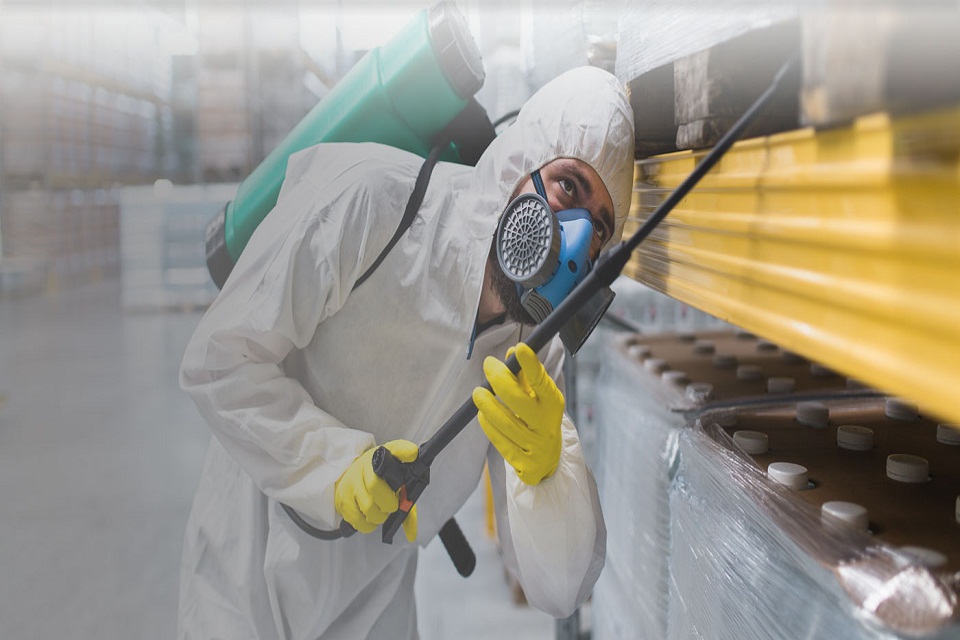SEVEN STEPS TO A GOOD PEST MANAGEMENT PROGRAM
 In many food processing environments, it is important to have quality pest control.
In many food processing environments, it is important to have quality pest control.
After all, a pest infestation can definitely affect the reputation of your product and business. In order for you to better control pests in our company while at the same time respecting environmental needs, it is better to use good approaches when it comes to integrated pest management (IPM).
Inspection
A good IPM program entails regular inspections. Weekly inspections should be common for food processors. These are routine inspections, which should be focusing on areas where pests can most likely to appear. These include receiving docks, employee break rooms, storage areas, as well as sites of the last ingredient spills.
The inspections can look at possible food and water sources, potential entry points, as well as harbourage zones that might attract pests.
Preventive Action
Since the pest inspections would reveal possible vulnerabilities, you should take steps to identify if they are causing your establishments any real problems. One measure is looking at the potential entry points for pests in your establishment.
By looking at these inspections, you can already identify ways how to address pests and hopefully, reduce chemical countermeasures that your establishment needs. Sanitation and housekeeping can reduce pest pressure by eliminating the possible food and water sources for the pests.
Identification
As you may know, pests have various behaviours. If you identify which species are problematic, you can look for ways how to efficiently eliminate these pests.
Analysis
Once the pest infecting you has been properly identified, you need to analyse why such pest resides in the facility. What is attracting that pest to your facility? Do you have food and water sources accessible to it and nurturing it? How do they enter your facility? The answers to some of these questions will lead to the best approaches when it comes to control techniques.
Treatment Selection
IPM would prioritize the use of control methods that are non-chemical in nature, as opposed to chemical choices. However, if they are needed, then pest control companies can use chemicals to address specific pests to get the job done well.
But by looking at non-chemical choices first, you can help make sure that your company’s pest management program will eliminate pests effectively while at the same time comprise the least risk when it comes to your food safety program, including non-target organisms as well as the environment.
Monitoring
Since pest management can be considered a continuing process, regularly monitoring your facility when it comes to pest activity as well as facility changes can help you protect against infestation or even help eliminate existing problems.
Since the pest management professional may visit your facility on a periodic basis, it is important that your staff has to be the one that regularly follows the IPM program. Your employees tasked to follow the program should be aware or even knowledgeableof sanitation issues that may affect the program and should therefore report to you any manifestations of pest activity.
Documentation
Since pest control may affect your company’s reputation, it is important that the IPM program of your company is always ready to produce results come audit time. This means you should have updated pest control documentation.
To make sure that your company’s IPM program has always reached its potential, you should look at your relationship with the pest management professional or company as some sort of a partnership.
The open and freewheeling communication as well as cooperation between you and the provider makes for a better IPM program. The potential benefits can be fewer headaches, better products, and more effective audit scores.









